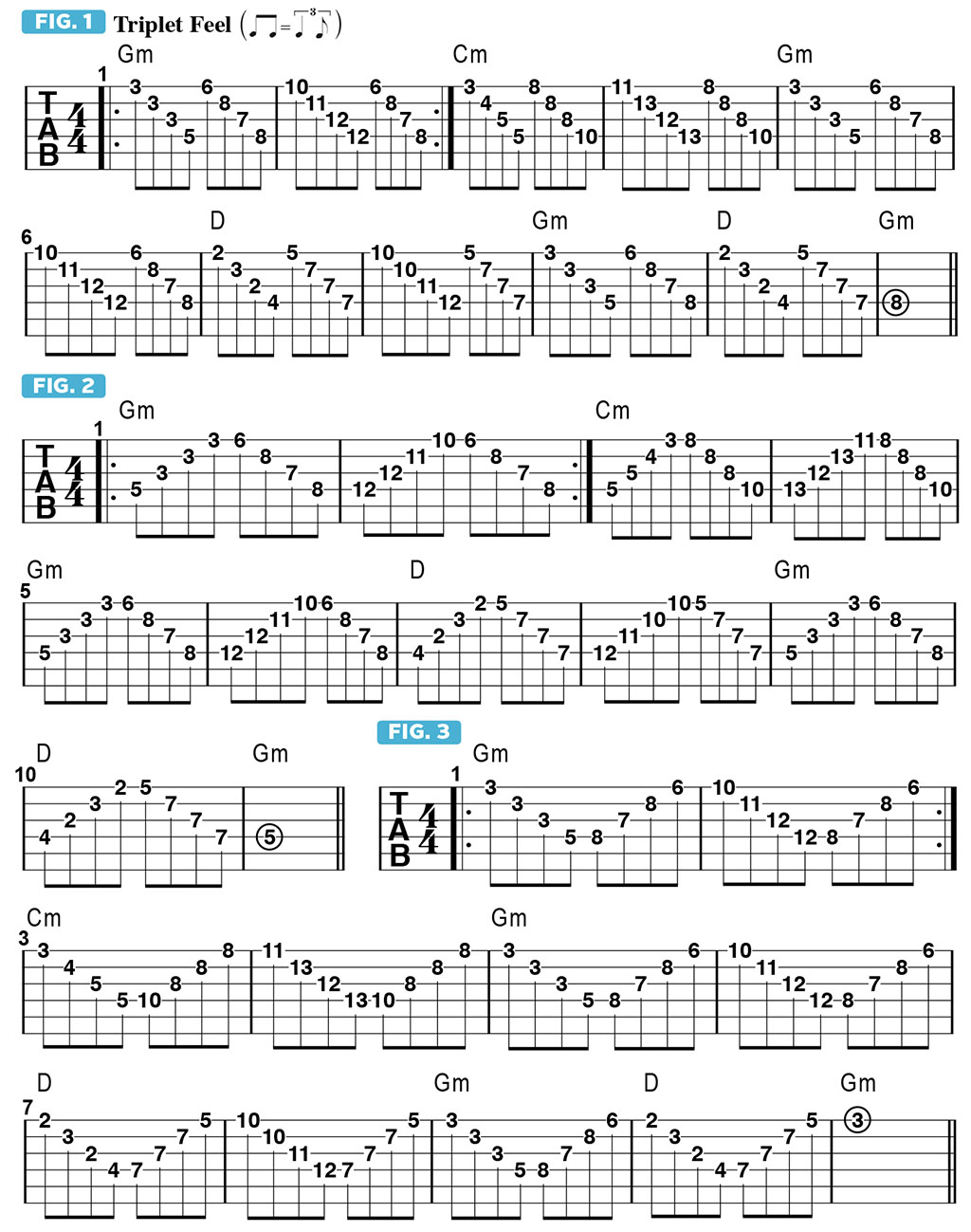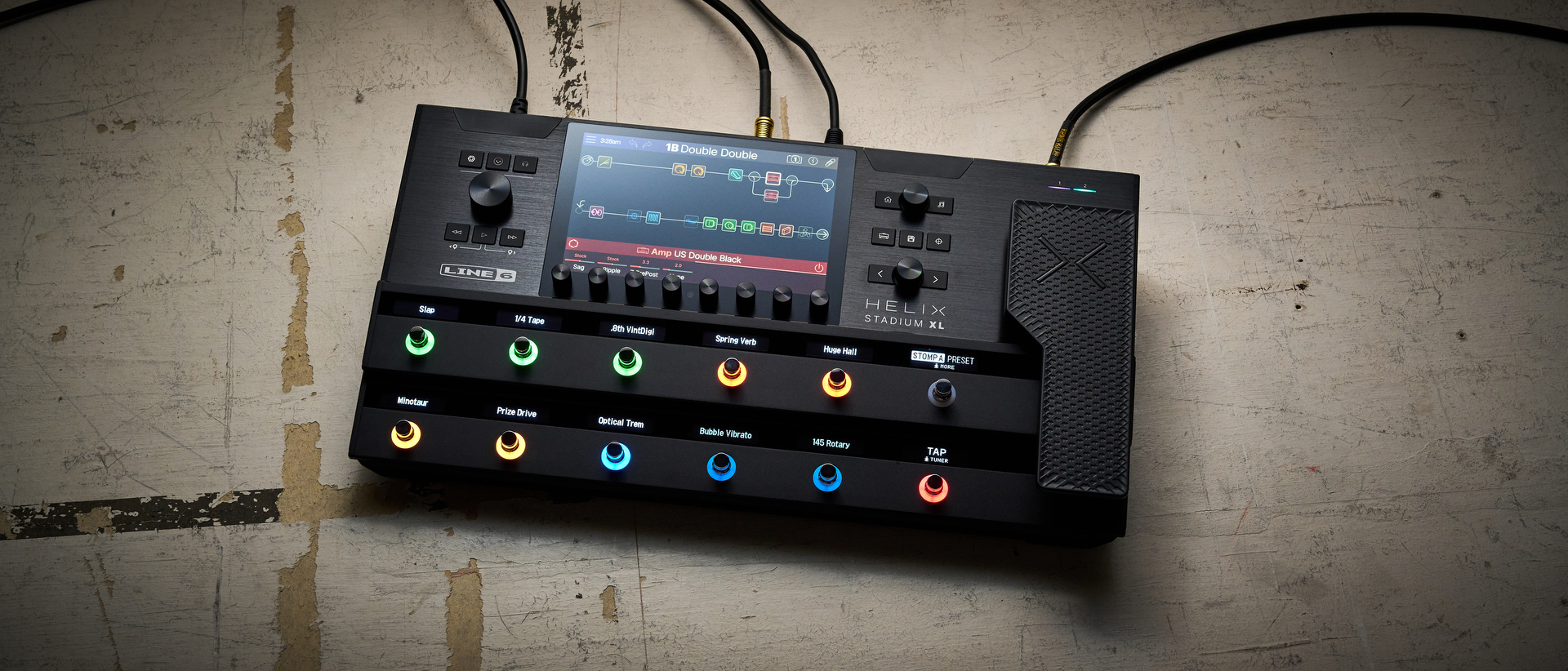Enrich your improvisation with arpeggiated triads
Django Reinhardt devotee Stéphane Wrembel explores a technique that will boost your fluency in building lead lines
Last time, I introduced the concept of mapping out a series of arpeggiated triad shapes on the fretboard that basically outline a 12-bar blues progression in the key of G minor. I find studying these forms very beneficial, as they serve as essential tools for playing the guitar.
Whether one is performing the melody to a song or embarking on an improvised solo, the ingredients - chordal arpeggios - are the same. These shapes and patterns should be studied thoroughly and included in one’s daily practice routine.
As I stated previously, the art of improvisation requires instinctual response, and it’s important to examine simple material and common progressions like this and to be able to draw upon this material at a moment’s notice. Once you have a firm grasp of how a melody will fit the harmony (chords), you will be able to freely improvise within the progression.
The chordal arpeggios presented here are devised from three basic triadic (three-note) voicings, with the lowest note doubled an octave higher: the tonic (the root note is placed as the lowest note), the first inversion (the major or minor third is the lowest note) and the second inversion (the fifth is the lowest note).
Last time, we examined the arpeggios ascending only (low to high), so this time we’ll work through descending patterns (high to low) for Gm, Cm and D, and alternate between ascending to descending.
FIGURE 1 illustrates the Gm, Cm and D arpeggios played from the highest note to the lowest, starting from the tonic position of Gm and moving up to first and second inversions, then back down. This approach is then applied to Cm and D. I use all downstrokes when picking the individual notes here, although you should also try using alternate picking, and all upstrokes too. If you’re familiar with rest-stroke picking, feel free to include that, as well.

In FIGURE 2, we alternate between ascending and descending arpeggio shapes. I begin by moving from the lowest to the highest note in the tonic position, then from the highest note to the lowest for first inversion, then lowest to the highest for second inversion; this is repeated on the way back down. For this exercise, I use a combination of all downstrokes, alternate picking and rest-stroke picking.
All the latest guitar news, interviews, lessons, reviews, deals and more, direct to your inbox!
In FIGURE 3, I simply reverse the order of each arpeggio, starting with a descending form for the tonic position, followed by the ascending form for first inversion. Once again, I use a combo of all downstrokes, alternate picking and rest-stroke picking.
To me, the hardest thing to achieve on guitar is to play legato, which means evenly and with consistent articulation, allowing each note to ring as long as possible. But one should also practice the patterns playing each note in the arpeggios staccato (each note short and detached), fortissimo (very loud) and pianissimo (very quiet).
It’s important to bring different dynamics to these exercises, so that you will ultimately attain expert control of your technique and equally expert expression with your pick hand.
Stéphane Wrembel is a world-renowned U.S.-based French guitarist whose work has appeared in several soundtracks, including Woody Allen's Midnight in Paris. He hosts the annual Django A Gogo festival and releases a new Django Experiment album every January.
